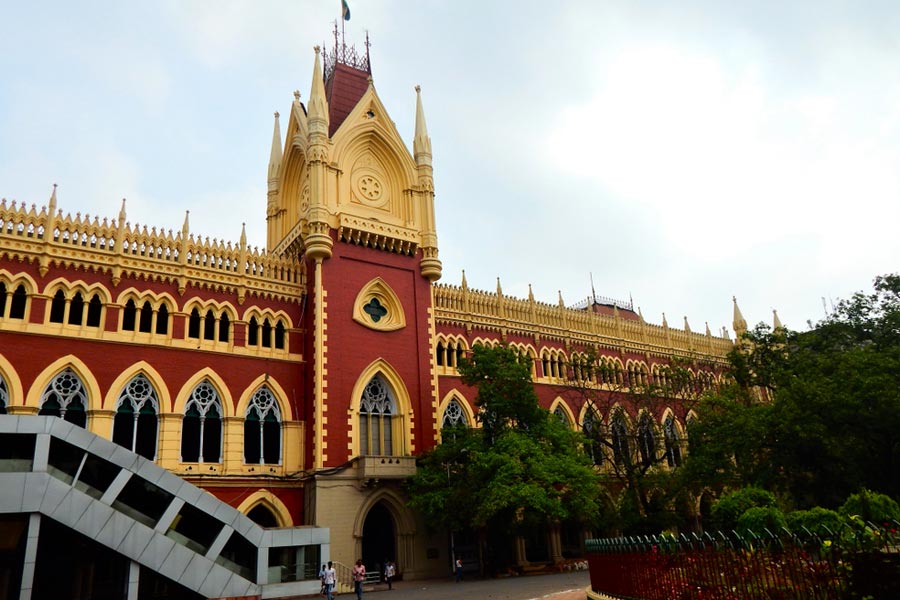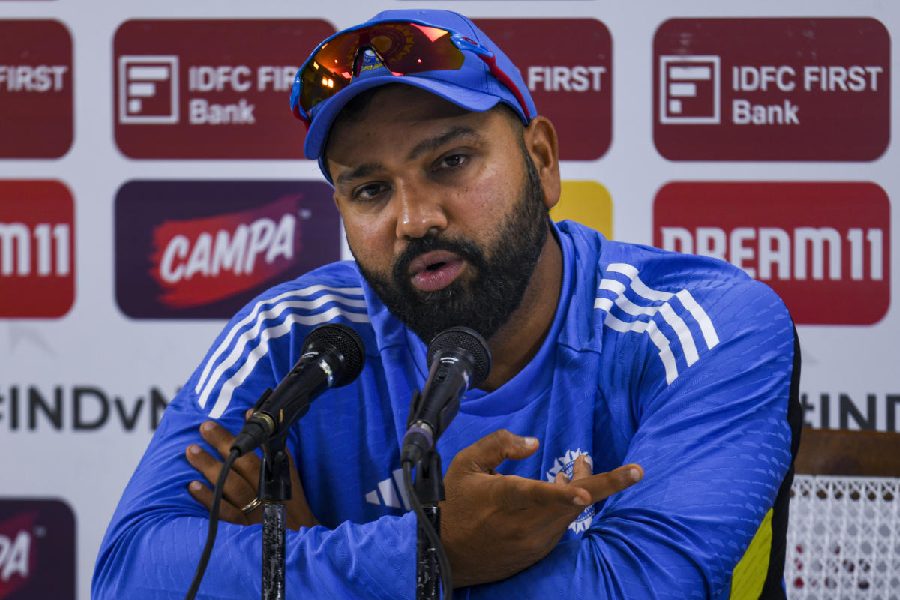Lakhs of voters will have to bear the searing heat when they step out to exercise their franchise in the second phase of the Lok Sabha elections on Friday.
The India Meteorological Department (IMD) on Thursday warned of heatwave to severe heatwave conditions in parts of West Bengal, Odisha, Bihar, Jharkhand, Andhra Pradesh, Telangana, Karnataka and Uttar Pradesh during the next five days.
It has issued a red warning for West Bengal and Odisha and an orange alert for Bihar and parts of Karnataka.
The Met office said high humidity could add to people's inconvenience in Tripura, Kerala, coastal Karnataka, Tamil Nadu, Puducherry, Assam, Meghalaya and Goa.
Voters in 88 Lok Sabha constituencies in 13 states and Union Territories will exercise their franchise during the second phase of the elections on Friday.
Kerala's 20 seats, 14 in Karnataka, 13 in Rajasthan, eight each in Uttar Pradesh and Maharashtra, six in Madhya Pradesh, five each in Bihar and Assam, three each in Chhattisgarh and West Bengal, and one each in Tripura, Jammu and Kashmir, and Manipur will go to polls in the second phase.
High-velocity winds, light rain and thunderstorms could provide temporary relief from the hot weather in parts of Maharashtra, Madhya Pradesh and Chhattisgarh on Friday, the weather office said.
On Wednesday, Union Minister and BJP leader Nitin Gadkari fainted while speaking at an election rally in eastern Maharashtra's Yavatmal district amid the scorching heat, prompting West Bengal Chief Minister Mamata Banerjee to question the nearly two-month-long schedule.
"Pray for quick and complete recovery of senior Union Minister and BJP leader Nitin Gadkari. Electioneering in the scorching heat of this cruel summer is indeed unbearable. Today is 24 April, and, can you imagine, our seven-phase elections will continue till 1st June??!!" Banerjee said in a post on X.
The ongoing heatwave spell is the second this month.
Heatwave conditions have been prevailing in Odisha since April 15 and in Gangetic West Bengal since April 17, according to the Met office.
The IMD also said warm night conditions are likely in Odisha during April 27-29. High night temperatures are considered dangerous because the body doesn't get a chance to cool down.
Increasing nighttime heat is more common in cities because of the urban heat island effect, in which metro areas are significantly hotter than their surroundings.
The threshold for a heat wave is met when the maximum temperature of a weather station reaches at least 40 degrees Celsius in the plains, 37 degrees in the coastal areas, and 30 degrees in the hilly regions, and the departure from normal is at least 4.5 notches.
A severe heat wave is declared if the departure from normal exceeds 6.4 notches.
The IMD said people in areas where a red alert has been declared could develop heat illness and heatstroke and suggested taking extreme care.
In orange-alert areas, there is a likelihood of heat illness in people who are either exposed to the sun for a prolonged period or doing heavy work.
Amid the prevailing but weakening El Nino conditions, the IMD had earlier warned of extreme heat during the April-June period, coinciding with the seven-phase Lok Sabha elections.
Voting for the first phase took place on April 19.
The Met office has said four to eight heatwave days are expected in different parts of the country in April against a normal of one to three days. Ten to 20 heatwave days are expected against a normal of four to eight in the entire April-June period.
The areas and regions predicted to witness a higher number of heatwave days are Madhya Pradesh, Gujarat, Odisha, Andhra Pradesh, Madhya Maharashtra, Vidarbha, Marathwada, Bihar and Jharkhand. Some places may record more than 20 heatwave days.
The intense heat could strain power grids and result in water shortages in parts of India.
Global weather agencies, including the IMD, are also expecting La Nina conditions to develop later in the year.
El Nino conditions -- periodic warming of surface waters in the central Pacific Ocean -- are associated with weaker monsoon winds and drier conditions in India. La Nina conditions -- the antithesis of El Nino -- lead to plentiful rainfall during the monsoon season.
In a mid-April update, the IMD said India would experience above-normal cumulative rainfall in the 2024 monsoon season with La Nina conditions, expected to set in by August-September, being the dominant factor.
The monsoon is critical for India's agricultural landscape, with 52 per cent of the net cultivated area dependent on it. It is also crucial for replenishing reservoirs critical for drinking water apart from power generation across the country.
Except for the headline, this story has not been edited by The Telegraph Online staff and has been published from a syndicated feed.











